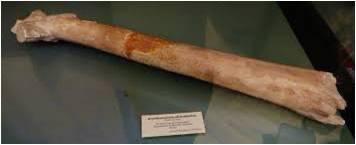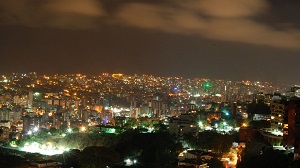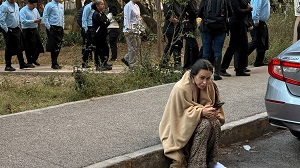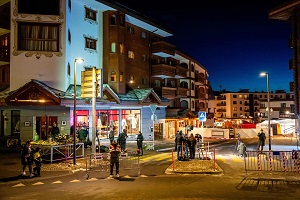Jordan once home to one of the largest flying reptiles in history, ancient remains show

The Jordan Times
AMMAN — Ancient fossil remains have revealed that Jordan once hosted one of the largest flying reptiles in the world, known as Arambourgiania Philadelphia, according to a Jordanian scholar.
Bones of the pterosaurs (flying reptiles) were discovered in Rusaifa’s phosphate mine in 1942, Muhammad Waheeb, a Jordanian historian and author of the book “The Discovery of the Largest Flying Reptile”, told The Jordan Times on Tuesday.
“The robust pterosaur, which has been extinct for the past 70 million years, has a wingspan of approximately 13 metres and remains the largest in the world,” he said.
“The discovery of these fossils tells a story,” said Waheeb, who is also a Professor of Archaeology at the Hashemite University.
It started in the 1940s when Rusaifa miners were extracting phosphate ore and discovered some fossils. This discovery was followed by field and laboratory studies and the visit of His Majesty the late King Abdullah I to the mine to assess the situation of the fossil remains and support scientific research efforts, the professor said.
Gerald Lankester Harding, a British archaeologist who once headed the Department of Antiquities in the Kingdom, also contributed, supporting Jordan’s historical documentation while attempting to interpret the significance behind the winged pterosaurs’ remains, he noted.
Arambourgiania Philadelphia takes its name from the German Paleontologist Camille Arambourg, who led scientific investigations in 1953, and Amman’s former name Philadelphia, as Rusaifa was part of Amman, according to Waheeb.
Various physical records and articles have been written on Arambourgiania Philadelphia, given the formidable creature’s “gigantic size”, which is as large as some jets, Waheeb noted.
The professor called for the foundation of a national history museum to display Jordan’s “great” natural legacy, which could contribute to boosting the economy and tourism.
“Currently the remains are placed in the University of Jordan’s geology labs, but this topic needs greater attention,” he added.




